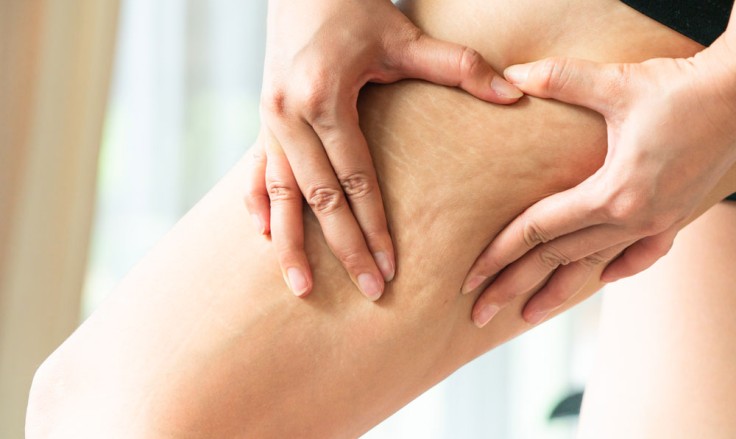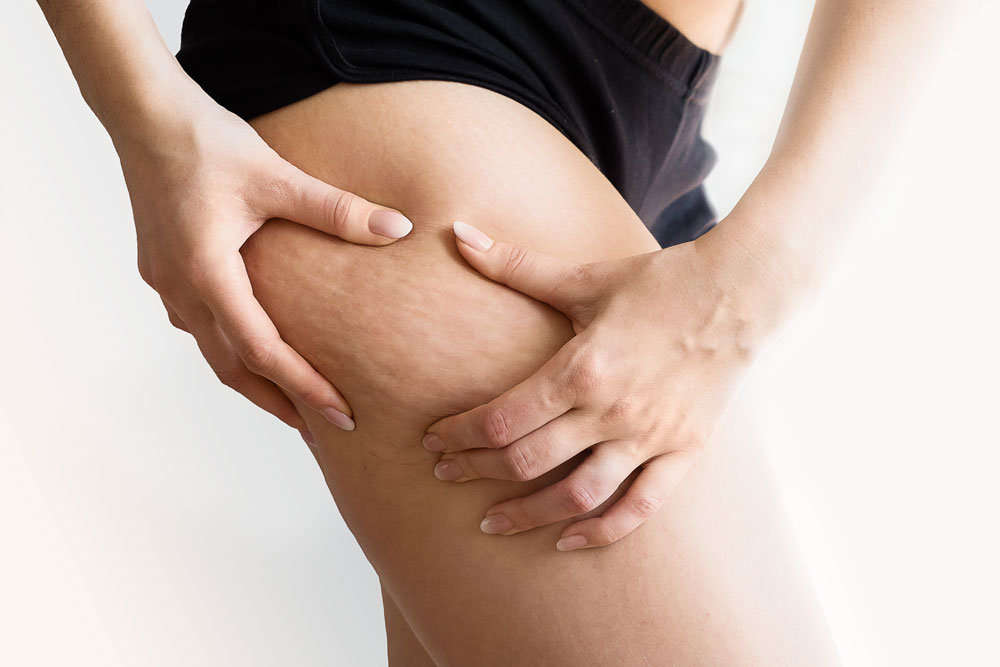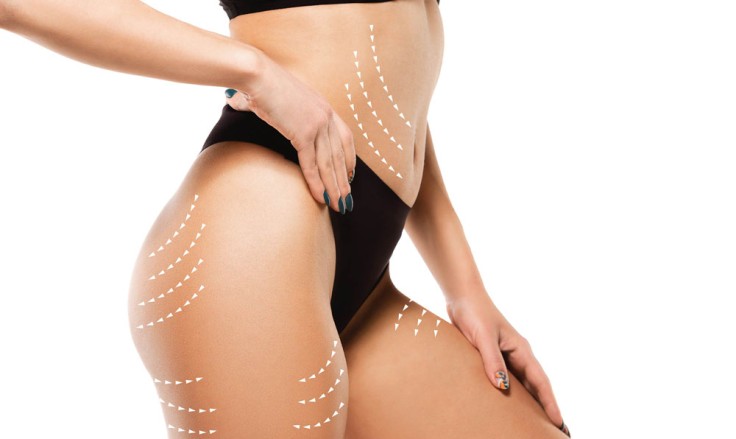What You Need to Know Before Lipedema Treatment
Lipedema is a chronic condition. It is characterised by an abnormal accumulation of fat, primarily in the legs and arms. This condition often leads to pain, swelling, and mobility issues. Understanding what to expect before undergoing lipedema treatment is crucial. This article will guide you through key considerations and preparations for effective lipedema treatment.
Understanding Lipedema
Before considering treatment, it's essential to understand the condition:
- Chronic Condition: Lipedema is a progressive and chronic disorder that primarily affects women. It is often mistaken for obesity or lymphedema.
- Symptoms: Common symptoms include disproportionate fat distribution, tenderness, pain, easy bruising, and swelling.
- Stages: Lipedema progresses through stages. Starting with subtle changes and potentially leading to severe mobility limitations.
Diagnosis of Lipedema
Accurate diagnosis is the first step in effective treatment. A thorough clinical evaluation by a healthcare provider experienced in lipedema is necessary. This includes a physical examination and a review of medical history. In some cases, imaging tests like ultrasound or MRI may be used. This is to differentiate lipedema from other conditions such as lymphedema.
Treatment Options for Lipedema
There are several treatment options available, ranging from conservative management to surgical interventions:
- Conservative Treatments: These include compression therapy, manual lymphatic drainage (MLD), and physical therapy. These methods help manage symptoms but do not eliminate the fat deposits.
- Surgical Treatments: Liposuction is the most effective surgical treatment for lipedema. Tumescent liposuction, in particular, helps remove abnormal fat. While minimising damage to the lymphatic system.
- Diet and Exercise: Diet and exercise cannot cure lipedema. However, maintaining a healthy lifestyle can help manage symptoms and prevent further progression.
Choosing the Right Specialist
Selecting a specialist experienced in lipedema treatment is crucial. Ensure the specialist has extensive experience in diagnosing and treating lipedema. Look for patient reviews and testimonials. This will help you to gauge the effectiveness and satisfaction with the specialist's treatment. Schedule a consultation to discuss your symptoms, treatment options, and any concerns you may have.
Preparing for Treatment
Proper preparation can enhance the effectiveness of lipedema treatment. Start by undergoing a medical evaluation to ensure you are fit for the chosen treatment. Follow any pre-treatment instructions provided by your specialist. This may include dietary restrictions, medication adjustments, or specific skincare routines. Arrange for support from family or friends. Especially if undergoing surgical treatment, as you may need assistance during the recovery period.
Understanding the Risks and Benefits
Being aware of the potential risks and benefits helps in making an informed decision.
- Benefits: Treatment can significantly reduce pain, improve mobility, and enhance quality of life. Surgical treatments can provide lasting relief from symptoms.
- Risks: As with any medical procedure, there are risks involved. These can include infection, scarring, and complications from anaesthesia. Discuss these risks with your specialist.
Post-Treatment Care
Proper post-treatment care is essential for recovery and long-term management. Attend all follow-up appointments to monitor your progress and address any concerns. Continue using compression garments as recommended to manage swelling and support healing. Lastly, maintain a healthy diet and regular exercise routine. This supports overall health and prevents the recurrence of symptoms.
Conclusion
Lipedema treatment requires careful planning and consideration. Understanding the condition, choosing the right specialist, and preparing adequately can enhance the effectiveness of the treatment. With proper care, individuals with lipedema can achieve relief from symptoms and improved life quality.
For more information on lipedema treatment, please visit the ACIBADEM Beauty Center webpage.



